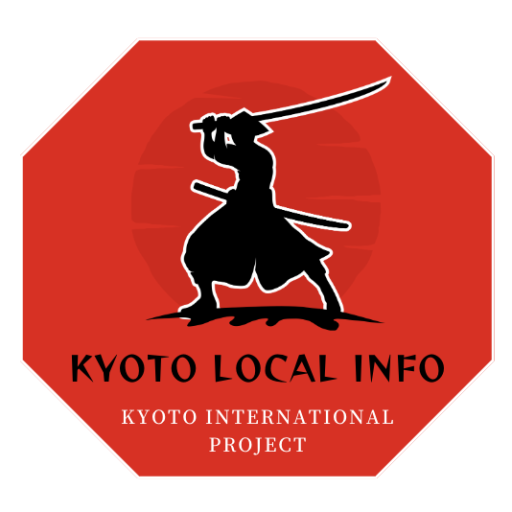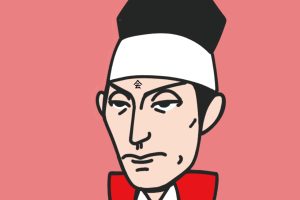Kyoto: Central Story's Rokkaku-do, also known as Choho-ji Temple, the birthplace of Ikebana.
There are many works set in Kyoto, spanning across various genres such as movies, dramas, novels, manga, and anime, and the Nakagyo Ward also appears in various works. In this series, we will introduce how Nakagyo Ward is depicted in these works, spot by spot. This time, we will focus on Choho-ji Temple, also known as Rokkaku-do, which is considered the birthplace of Ikebana.
Rokkaku-do (Shiunzan Choho-ji) Overview

Rokkaku-do is a temple of the Tendai sect, officially known as "Shiunzan Choho-ji." It has been affectionately called "Rokkaku-do" as a nickname for a long time due to the hexagonal shape of its main hall. Perhaps even if you mention "Choho-ji," not many people in Kyoto would immediately recognize it.
It is said to have been founded by Prince Shotoku in 587 AD, and it is known as the birthplace of Ikebana, with the head of the Ikenobo school of flower arrangement serving as the chief priest.
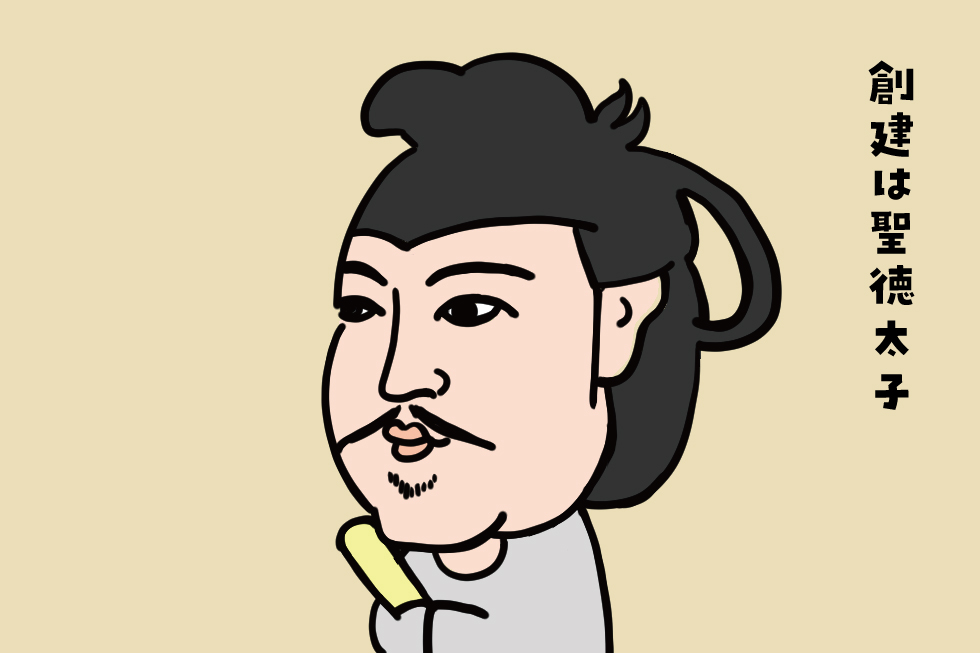
Birthplace of Ikebana
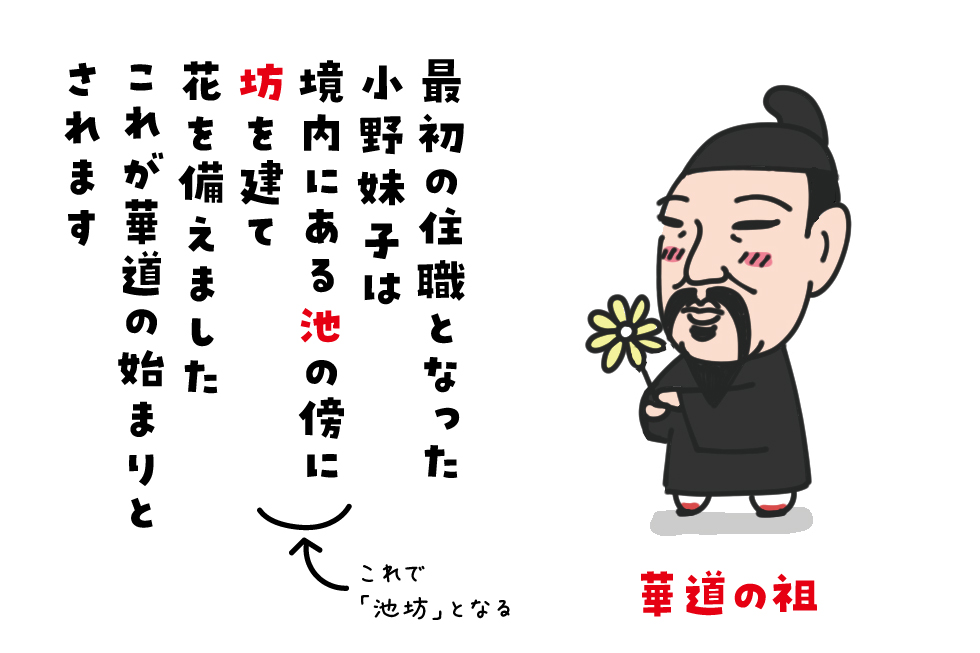
Ono no Imoko, who became the first chief priest of Rokkaku-do at the behest of Prince Shotoku, was known as "Ono no Imoko Senmu" and is said to have set up a monastery by the pond within the temple grounds, offering flowers before the Buddha morning and evening.
This marked the beginning of ikebana, which came to be known as "Ikebana" because of the monastery set up by the pond. The head of the school has inherited the character "専" (sen) from "専務" (senmu) for generations.
Therefore, Ono no Imoko is considered the founder of ikebana.
Umbilical stone
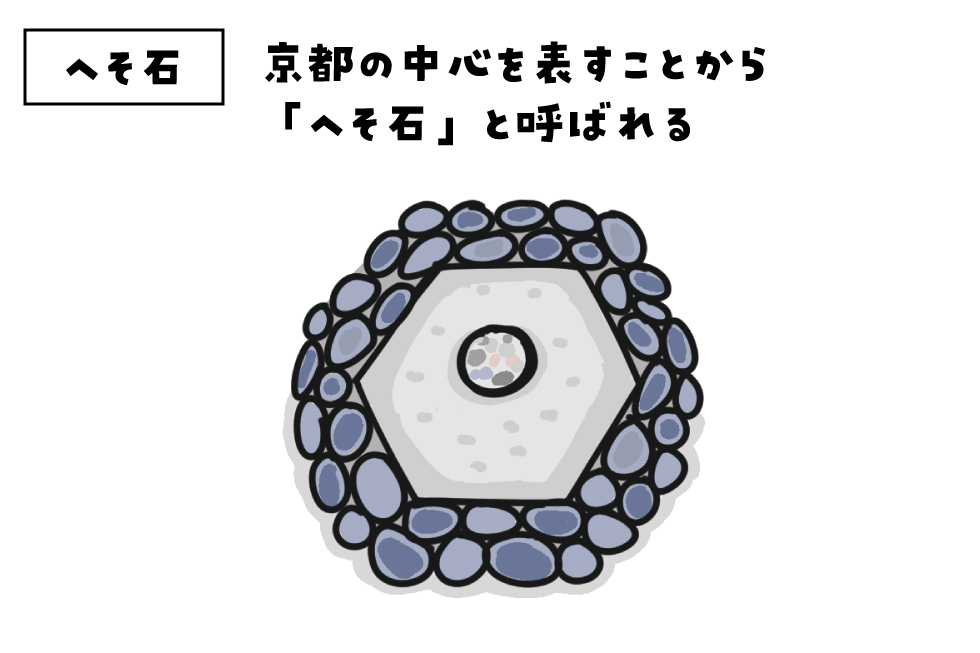
The hexagonal stone located to the right after passing through the main gate is called the "Umbilical Stone" or "Key Stone" because it symbolizes the center of Kyoto.
When the capital was moved to Heian-kyo, the location of the main hall was obstructing the road, causing Emperor Kanmu distress. He instructed his envoy to pray, and as a result, the main hall miraculously shifted northward to its current location. The original position was marked by this Umbilical Stone. It is also known as the "Ancient Stone of the Main Hall" due to this legend.
While the Umbilical Stone was initially located on Rokkaku Street, it was relocated to its current position within the temple grounds in the early Meiji period.
The Willow of Matchmaking
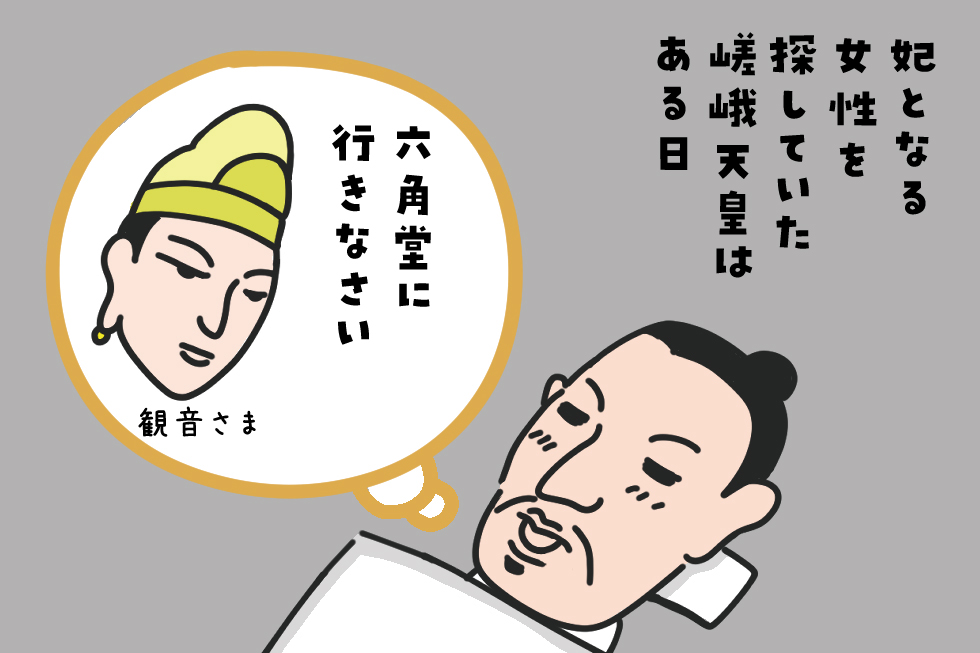

Rokkakudo is also famous as a power spot for matchmaking.
In the early Heian period, Emperor Saga, who was looking for a consort, was visited by a dream of Kannon, who instructed him to go to the willow at Rokkakudo. Hurrying there, he found a beautiful woman with a pleasant fragrance standing under the willow, whom he made his consort.
From this legend, the rumor spread that "making a wish at the willow of Rokkakudo will bring blessings of a good match," and it became revered as a place for matchmaking.
"The Eccentric Family"
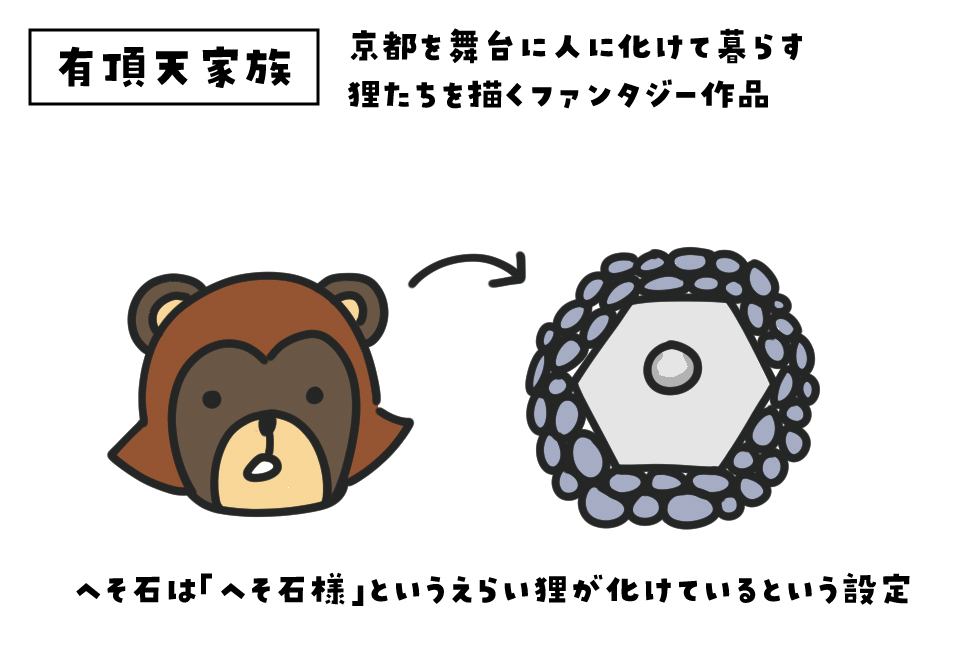
The novel "The Eccentric Family" (Uchouten Kazoku) by Tomihiko Morimi depicts fantasy creatures, tanuki, living disguised as humans in Kyoto. It has been adapted into manga and anime. Planned as a trilogy, the second part titled "The Eccentric Family: The Return of the Nidaime" has been published.
Synopsis of "The Eccentric Family"
The stage is modern-day Kyoto, where tanuki (raccoon dogs) and tengu (long-nosed goblins) disguised as humans have been living among society since ancient times. The protagonist, Yasaburo Shimogamo, who lives by the motto "The interesting things are the good things!" is the third son of the prestigious Shimogamo family of tanuki. Inheriting the "fool's blood" from his late father, Soichiro, Yasaburo enjoys a carefree life until the Shimogamo family faces a crisis of imminent demise due to the schemes of their arch-rivals, the Ebisugawa family.
Yasaburo, along with his brothers, rushes around Kyoto to uphold the family's pride. However, his family members are all a bit incompetent, their rivals are cunning and formidable, and their reliance on the tengu turns out to be unreliable. Eventually, the truth hidden behind his father's death is revealed, leading to the Shimogamo family's counterattack. This is a fantasy story depicting the great turmoil that unfolds in Kyoto.
In "The Eccentric Family," the Hesoishi stone at Rokkakudo Temple is depicted as being inhabited by an esteemed tanuki known as "Hesoishi-sama" who has been disguising himself for many years.
Thinking it was "such a foolish idea," Yasaburo sneaks into Rokkakudo Temple at night and plays various pranks on "Hesoishi-sama." When he is finally smoked out, "Hesoishi-sama" reveals himself to be a tanuki, but Yasaburo ends up getting a scolding from the elders.
In the story, the leader of the tanuki world in Kyoto is called "Gyokuranemon," and when the previous leader retires, an election is held to decide the next "Gyokuranemon." It is decided to inform "Hesoishi-sama" about the election, and Rokkakudo Temple appears in the scene where the meeting takes place.
『Hanaikusa』
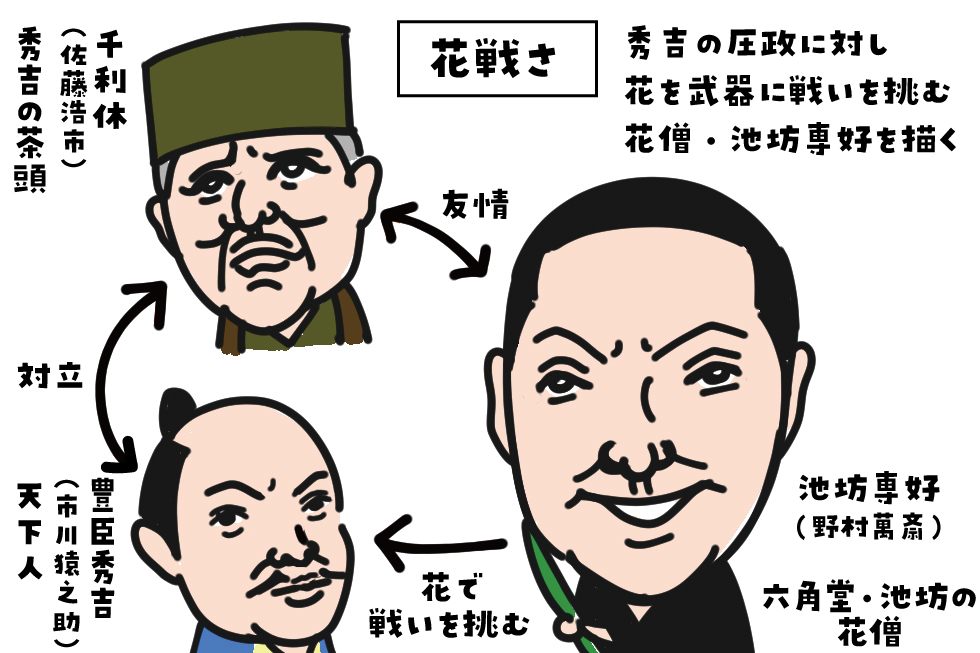
"Hana Ikusa" (Flower and Sword) is a Japanese film based on the novel "Hanai Ikusa" by Tadashi Onizuka. Inspired by the "Daisamon" presented by the first generation Ikebana Senko at Maeda Toshiie's residence to Toyotomi Hideyoshi, the film depicts the friendship between Senko and Sen no Rikyu, as well as their challenge against Hideyoshi, the powerful ruler of the time, using flowers as their weapon in battle. It is a period drama entertainment piece.
Upon its release, it garnered attention as the world's first film to feature ikebana.
"Hana Ikusa" Synopsis
Several years have passed since Oda Nobunaga fell in the Honnoji Incident. Toyotomi Hideyoshi, who succeeded him, nearly unified the country, signaling the end of the era of warfare. However, Hideyoshi's increasingly erratic behavior begins to oppress the people.
At Rokkaku-do Temple, the flower monk Senko Ikebana meets Sen no Rikyu, Hideyoshi's tea master, and their friendship blossoms. Meanwhile, Hideyoshi, who fails to understand Rikyu's tea, gradually clashes with him. Despite Rikyu's adherence to his own principles of tea, he is eventually ordered to commit seppuku by Hideyoshi.
Shocked by Rikyu's death, Senko is deeply affected. However, the tragedy does not end there. Those who criticize Hideyoshi are systematically eliminated, including Senko's friends and acquaintances.
Senko finally decides to take action. Armed not with a sword, but with flowers, he embarks on an unconventional battle against the powerful Hideyoshi.
Rokkaku-do Temple in "Hana Ikusa"
The protagonist, the first-generation Senko Ikebana, is a flower monk at Rokkaku-do Temple. Later, he becomes the head of the Ikebana school. Throughout the movie, Rokkaku-do Temple appears as the stronghold of Senko and the Ikebana school.
Located in the heart of Kyoto, Rokkaku-do Temple is not a large temple, nestled among buildings, but it is a significant spot as the birthplace of Ikebana and a power spot for matchmaking. It's also a must-visit location known as a sacred site in "Uchoten Kazoku" and "Hana Ikusa."
While it's difficult to discern the hexagonal shape of the temple from within the precincts, you can overlook the hexagonal building from the neighboring building "WEST18" to the west.
Rokkaku-do Temple (Jyōhō-ji)
Address: 248 Dōroshōji-mae-chō, Rokkaku-dōri Higashi, Dōyūin Nishi, Nakagyō-ku, Kyoto
Phone: 075-221-2686
Opening Hours: 6:00 AM – 5:00 PM
Website: https://www.ikenobo.jp/rokkakudo/
Author Profile

- 大阪で生まれ育ち、SEやDTPデザイナー・オペレーターを経て、京都の某情報誌でいつのまにか編集・ライターになってました。読書と酒と犬をこよなく愛し、面白そうなことに首を突っ込みます。
Latest entries
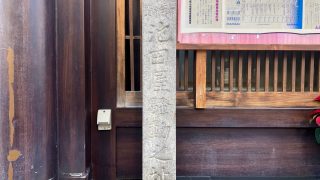 article2024-01-17Here are four locations associated with Yoshida Toshimaro and the "Ikedaya Incident," which brought fame to the Shinsengumi and delayed the Meiji Restoration.
article2024-01-17Here are four locations associated with Yoshida Toshimaro and the "Ikedaya Incident," which brought fame to the Shinsengumi and delayed the Meiji Restoration.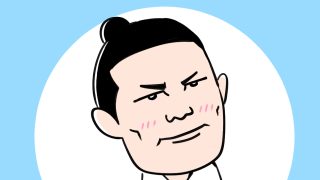 local news2023-12-15Kyoto and Nakagyo Ward History: "The August 18 Coup d'État ~ The Ikedaya Incident"
local news2023-12-15Kyoto and Nakagyo Ward History: "The August 18 Coup d'État ~ The Ikedaya Incident"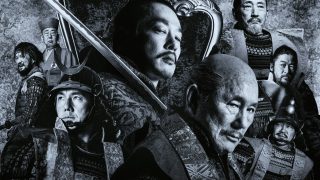 article2023-11-24"Kitano's World" depicts an unseen "Incident at Honnō-ji" Watching the movie "Kubi," we embark on a pilgrimage to Honnō-ji.
article2023-11-24"Kitano's World" depicts an unseen "Incident at Honnō-ji" Watching the movie "Kubi," we embark on a pilgrimage to Honnō-ji.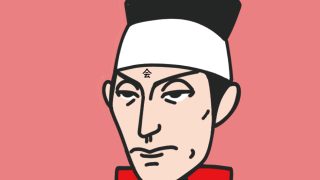 local2023-11-18The History of Kyoto and Nakagyo Ward: The End of the Edo Period Part 3 - "Birth of the Shinsengumi"
local2023-11-18The History of Kyoto and Nakagyo Ward: The End of the Edo Period Part 3 - "Birth of the Shinsengumi"
